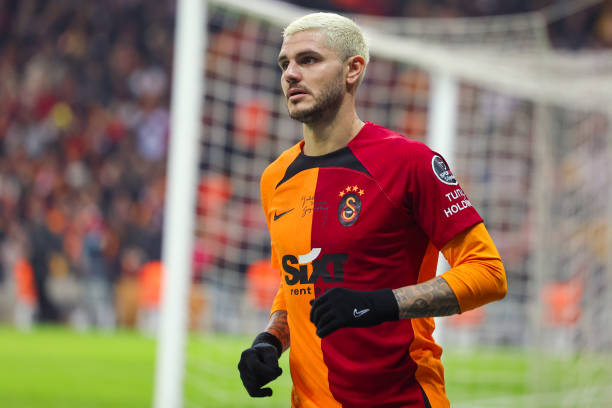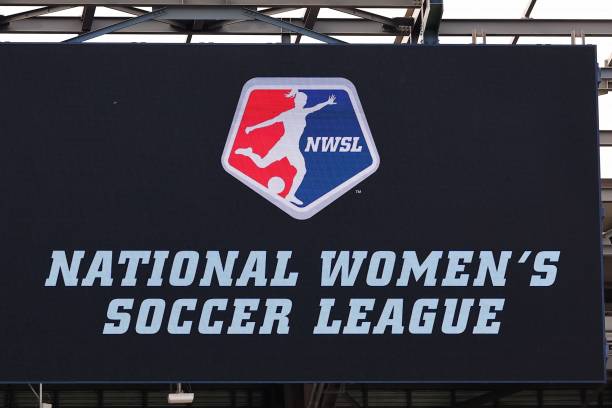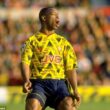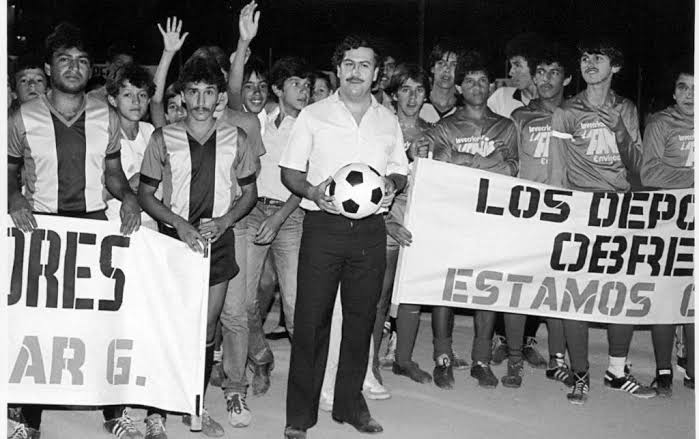In soccer, there are 11 players who start in a game; these 11 players have different duties, although multiple players in a game can play in the same positions in a single department on the pitch.
These positions have names they are called which can be categorized as jargon.
Some positions are self-explanatory, more popular, and easily identifiable than others.
There are forwards, midfielders, defenders, and goalkeepers in a squad, except for the goalkeeping department; others have a subset, like strikers and wingers in the forward line and attacking, central and defensive midfielders in the midfield position.
The defensive department has central defenders and fullbacks, and there is only one goalkeeper, although goalkeepers can have goalkeeping styles, which is another discussion for another day.
Who is a full back in soccer?
A fullback in soccer is a player that is primarily placed on the sides of the central defenders in a four-man defense.
There are two fullbacks involved, namely, the right-fullback and the left-fullback, also known as the right-back or left-back.
Both are primarily expected to support the central back in defending and also monitor the flanks which could be used to attack.
In soccer, managers adopt formations that use four defenders. It is often usual to see teams line up in 4-4-2 formation, 4-3-3, 4-3-2-1, and 4-2-3-1.
However, there can be times when managers can go with a five-man defense information, and sometimes they can be a three-man defensive formation, which is seen in a 5-4-1 and a 3-4-3 formation.
It Is firmly established that fullbacks are indispensable in any formation, although their positioning and responsibilities in formations can vary.
Origin of the name
In the early days of football, managers prefer 2-3-5, and the fullbacks are usually the most defensive pair.
They are the deepest behind and are fully at the back, thus the name fullback.
Even though there have been variations in formations, the name has stuck.
Functions of a full back in soccer
Fullbacks function in the wide areas, and fullbacks originally used to be defense-only players.
The old style of play, with the 2-3-5 dominant and before formation became experimental, saw a single function for fullbacks – defending.
However, with the modern style of plays and managers, fullbacks now have two functions, depending on whether the team is in possession or off-possession.
In modern play, fullbacks are essential in both and attacking and defensive organization of a team, and this is not only in a 3-4-3 but also in a four-man backline.
Their duties are to help defenders and also strikers in the team as well; from their end, they are expected to stop opposition teams from crossing the ball into the box, and attack-wise, they are expected to cross the ball into the opposition box.
The Roles Of A Full-Back In-Possession
When a team is in possession, fullbacks are expected to roam the line in partnership with their wingers.
This is when fullbacks consistently track and overlap upfront.
He provides the team with another source of attacking threat against the opposition.
This type of fullback often crosses the ball, cuts back into the box, and also links up with the wide midfielder, who can then be direct at goal.
To effectively play this style, a fullback must possess impeccable speed and stamina to run the length of the pitch in case of a counter-attack and when the opposition is in possession.
Yes indeed, the most best fullbacks in the world have blistering pace.
The team is given more options and width up front, but on an individual level, players must be able to beat the opposition defense on one on one basis, either with speed or dribbling skills.
Furthermore, teams get an overload of options in the opposition box if the fullbacks are attack-minded.
Also, midfielders in wide areas can focus on moving into the box, which is a more direct approach to attacking the opposition box.
On a defensive note, fullbacks can limit the opposition’s attacking threat by being effective in attacking.
This happens when opposition fullbacks and midfielders are forced to defend, which limits counter-attacking opportunities.
The Roles Of A Full-Back In Off-Possession
When the team loses possession, the fullbacks are expected to track back quickly, although depending on how far they have gone forward, tracking back may be difficult.
In this situation where the team doesn’t have the possession, fullbacks are required to cover for center-backs who may not be able to cover the spaces outside their region.
Again, the need for speed cannot be overemphasized in this situation, as they need to run down the line to try and cut out loose balls.
Unfortunately, attack-minded fullbacks can be detrimental to the team leaving spaces, and they are usually weaker defensively.
An example is Trent Alexander-Arnold, who at Liverpool is an efficient attack-wise but is usually found wanting defensively and easily beaten by opposition attackers.
What Is The Difference Between FullBacks and WingBacks?
It’s normal to confuse wingbacks and fullbacks, but it’s better to be aware that they are similar positions.
While fullbacks play beside the touchline and deeper defensively, the wingbacks are placed higher up on the pitch.
Fullbacks are expected to balance their defensive and attacking duties, but wingbacks are forward minded than fullbacks. Fullbacks often link up with defenders, but wingbacks are usually in tandem with their wingers and forwards.
Who Are Some Notable Fullbacks In Soccer History?
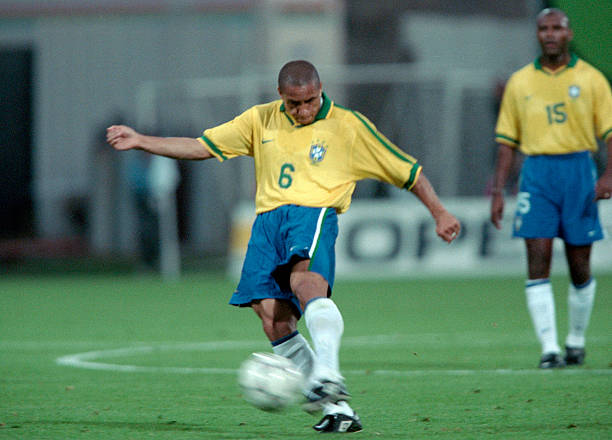
The greatest ever fullbacks to have ever graced football are Brazilians Roberto Carlos and Daniel Alves, popularly known as Dani Alves.
Both players are pretty distinct in their style of play despite their similar origins. Roberto Carlos came first and is a good balance of being a fullback and a wingback.
Carlos was known for his freekicks, pace, and fierce shots; it’s not surprising to see him perform well offensively despite being a defensive player as he started his career as a striker.
While Carlos played as a left-back, Dani Alves plays as a right-back and is also known as one of the best of his generation. He is known to be a cross specialist and can also function as a midfielder.
Some notable fullbacks in soccer history include:
- Gary Neville,
- Javier Zanetti
- Lilian Thuram
- Alaba
- Ashley Cole
- Marcelo
- Patrice Evra
- Jordi Alba
- Bixente Lizarazu
- Paolo Maldini
- Cafu
- Giacinto Facchetti
- Djalma Santos
- Philip Lahm
- Carlos Alberto.
Who Are The Best FullBacks In Soccer Today?
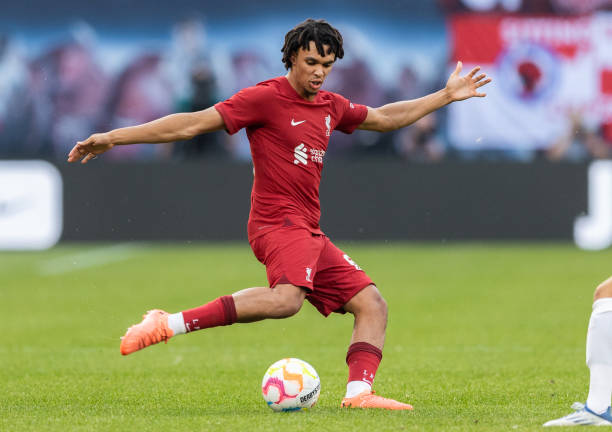
Here are some of the top fullbacks in the world in 2023:
- Alejandro Balde
- Trent Alexander-Arnold
- Reece James
- Alphonso Davies
- João Cancelo
- Benjamin Mendy
- Nahuel Molina
- Giovanni Di Lorenzo
- Achraf Hakimi
- Oleksandr Zinchenko
- Jonathan Clauss
- Andrew Robertson.


